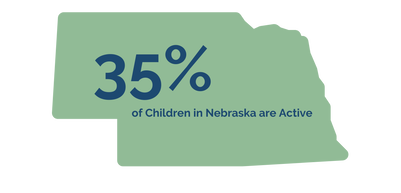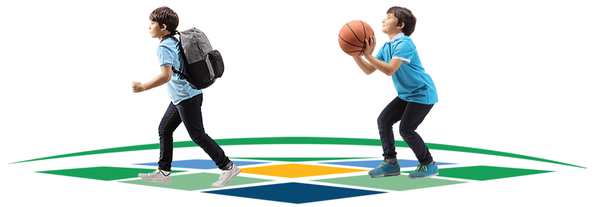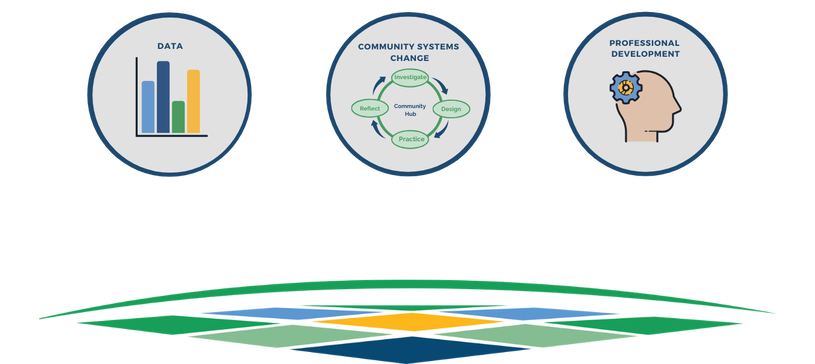The Problem

Children who are active are healthier, have improved academic performance (memory, concentration, homework completion), and are more likely to be active later in life. They also have decreased risk of cancer, cardiovascular and metabolic diseases. Unfortunately, only 28% of U.S. and 35% of Nebraska children are active 60 minutes or more 4 to 6 days per week. There is evidence that children are less physically active than 50 years ago. Why the change? It appears that children used to be free ranging, actively playing with limited adult supervision in their neighborhoods. Now, 80% of U.S. and 85% of Nebraska children spend time in adult-led group opportunities like childcare, school, after school programs, clubs, and youth sport. And, kids are typically less active when adults organize groups compared to when they supervise free play. Even in youth sport where 58% of the U.S. and 63% of Nebraska children participate, adults organize practice time so 50-70% of time is spent standing rather than moving. There is a need for communities to provide healthy places for children - more adult-supervised free play group opportunities and more organized group opportunities for quality physical activity.
The Solution: Community Development of Opportunities
|
Wellscapes was designed to help you and your community make an impact on youth physical activity. By using data to drive decision making, fostering community systems change, and providing professional development workshop opportunities, communities can combine efforts to improve the physical activity of youth.
|
Essential Elements of Wellscapes
By using data to drive decision making, embedding community systems change, and providing opportunities for professional development workshops and youth leader physical activity training, communities can combine efforts to create a mosaic of healthy places for youth to live, learn, and play.
Wellness Landscape of Healthy Places



